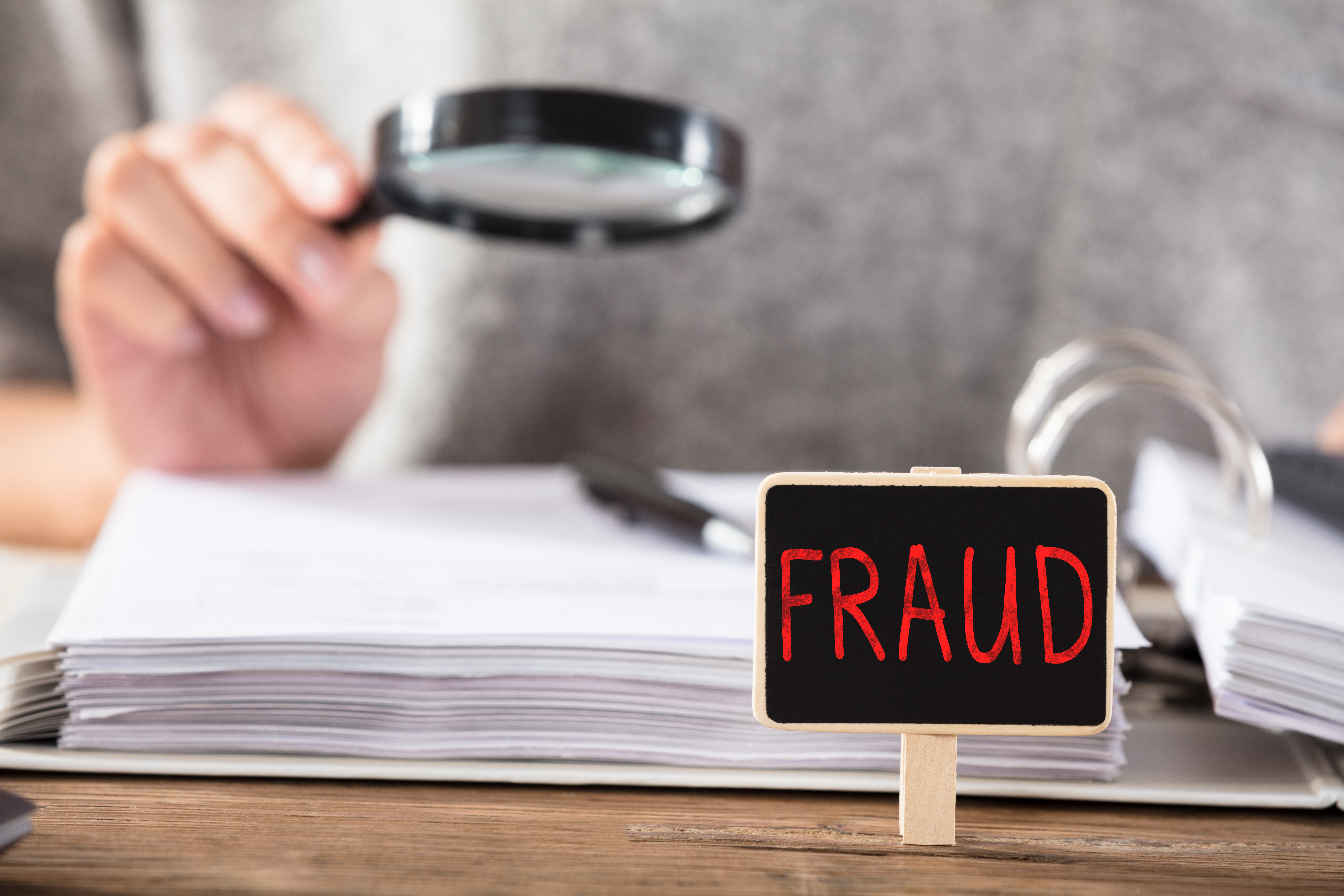Self-Study
Agricultural Accounting
Industry-specific accounting practices for Agriculture, from inventory valuation to managing non-current farm assets. Ensure accurate financial management for farms, ranches, and agricultural businesses.

$290.00 – $320.00
Webcasts are available for viewing Monday – Saturday, 8am – 8pm ET.
Without FlexCast, you must start with enough time to finish. (1 Hr/Credit)
Please fill out the form below and we will reach out as soon as possible.
CPE Credits
10 Credits: Accounting
Course Level
Overview
Format
Self-Study
Course Description
This thorough agricultural accounting CPE self study course is specifically tailored for professionals working in or with agricultural businesses, providing an in-depth understanding of the accounting practices unique to this industry. This accounting for agriculture course delves into critical aspects of agricultural accounting, such as the different principles, financial statement preparation, and the distinctive methods of inventory valuation and asset recording unique to agriculture. Additionally, it covers complex topics like hedging transactions, cooperatives, and the management of non-current farm assets. Through practical examples and detailed explanations, participants will learn how to effectively set up and manage an agricultural accounting system. This agricultural accounting CPE self study course is not just about learning agricultural accounting principles; it offers practical skills and knowledge crucial for accurately managing the financial aspects of a farm, ranch, or related business.
Learning Objectives
Upon successful completion of this course, participants will be able to:
Chapter 1
- Recognize the different accounting principles
- Cite the line items and classifications used within the financial statements
- Note the differences between financial and managerial accounting
Chapter 2
- Note the differences between cash basis and accrual basis accounting
- Identify the concepts behind the accrual-adjusted approach
Chapter 3
- Note the types of source documents for an accounting system
- Recognize how assets and liabilities are classified within the balance sheet
- Recognize the structure used in the chart of accounts
Chapter 4
- Identify the different types of accounting transactions and how they are recorded
- Recognize the characteristics of contra accounts and note how they are used
Chapter 5
- Note the methods used to derive the allowance for doubtful accounts
Chapter 6
- Note the different classifications of securities
- Recognize how the other comprehensive income classification is used
- Note the calculation for the net proceeds from the sale of an investment
Chapter 7
- Recognize the issues with using the periodic inventory system
- Identify the calculation for net realizable value and when this valuation can be used
Chapter 8
- Identify the components of a depreciation calculation, and how the mid-month convention can be used in calculating depreciation
- Cite the calculations used for the accelerated depreciation methods
- Note the entry used to record the disposal of a fixed asset
Chapter 9
- Identify the investments that are considered to be permanent land developments
- Recognize the costs incurred in the development of non-current assets
- Note the different types of intermediate-life plants and how their costs are classified
Chapter 10
- Recognize the methods used to create supplier identification numbers
- Note the structure of the Form 1099-MISC and its parts
Chapter 11
- Recognize the reasons for reconciling loan accounts
Chapter 12
- Cite the circumstances under which a tax position is recognized
- Note the tax rate used in interim reporting periods
Chapter 13
- Note the process flow for using the other comprehensive income classification
- Recognize the different types of hedging transactions
- Recognize the nature of a highly effective hedge and its effect
Chapter 14
- Identify the types of cooperatives
- Note the recognition criteria for patronage refunds and sales to cooperatives
Chapter 15
- Recognize the unique aspects of loans from the Commodity Credit Corporation
Chapter 16
- Identify the different types of entries used when closing the books
- Identify how the income summary account is used
- Note the analysis methods used to review preliminary financial statements
Chapter 17
- Recognize the different types of disclosures that should be attached to farm financial statements
Chapter 18
- Define the different classifications of ratios
- Identify the calculations used for each of the farm analysis ratios
Course Specifics
1163450
September 9, 2022
There are no prerequisites.
None
255
Compliance Information
CMA Notice: Western CPE makes every attempt to maintain our CMA CPE library, to ensure a course meets your continuing education requirements please visit Insitute of Management Accountants (IMA)
CFP Notice: Not all courses that qualify for CFP® credit are registered by Western CPE. If a course does not have a CFP registration number in the compliance section, the continuing education will need to be individually reported with the CFP Board. For more information on the reporting process, required documentation, processing fee, etc., contact the CFP Board. CFP Professionals must take each course in it’s entirety, the CFP Board DOES NOT accept partial credits for courses.
Meet The Experts

Steven M. Bragg, CPA, is a full-time book and course author who has written more than 300 business books and courses. He provides Western CPE with self-study courses in the areas of accounting and finance, with an emphasis on the practical application of accounting standards and management techniques. A sampling of his courses include the The New Controller Guidebook, The GAAP Guidebook, Accountants’ Guidebook, and Closing the Books: An Accountant’s Guide. He also manages the Accounting Best Practices podcast. Steven has been the CFO or controller of both public and private companies and has been a consulting manager with Ernst & Young and …
Related Courses
-
 Accounting
Accounting
Accountants’ Guidebook
Steven M. Bragg, CPA QAS Self-Study
Credits: 30 $600.00
QAS Self-Study
Credits: 30 $600.00$600.00 – $640.00
-
 Accounting
Accounting
Accounting Fraud: Recent Cases
Joseph Helstrom, CPA QAS Self-Study
Credits: 1 $29.00
QAS Self-Study
Credits: 1 $29.00$29.00 – $49.00
-
 Accounting
Accounting
GAAP Guidebook
Steven M. Bragg, CPA QAS Self-Study
Credits: 29 $580.00
QAS Self-Study
Credits: 29 $580.00$580.00 – $620.00
